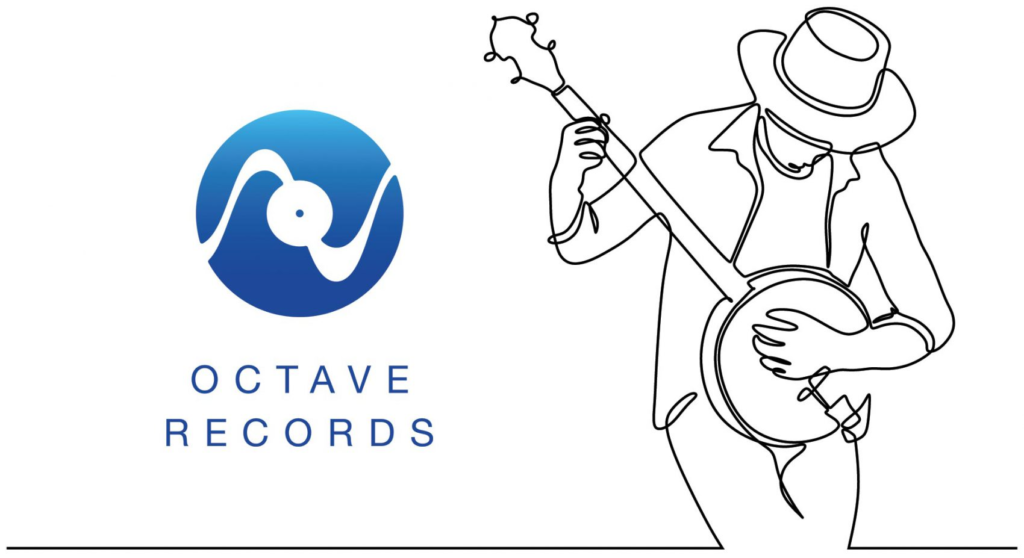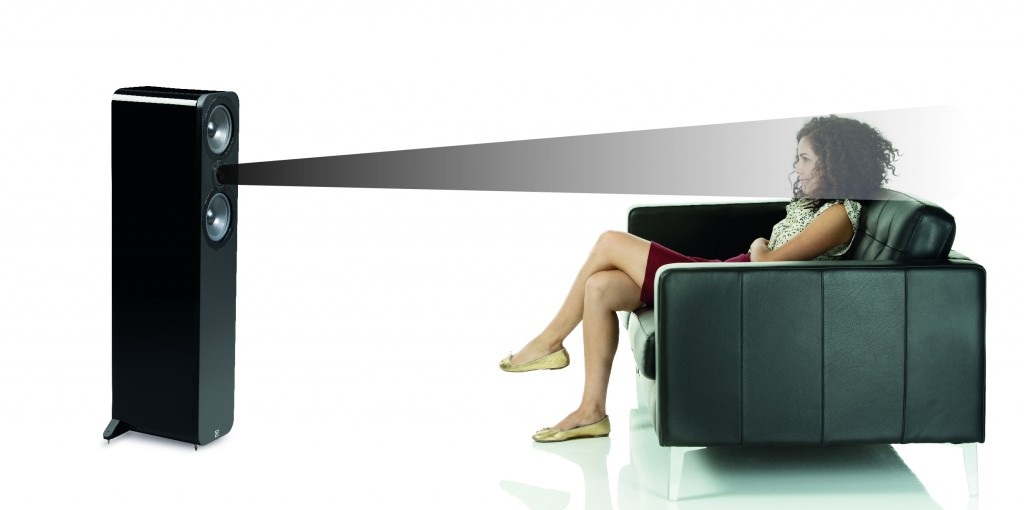Octave Records Debuts The Audiophile’s Guide: The Loudspeaker, the Definitive Guide to Speaker Setup
– New book and companion SACD disc/download dive into exacting, step-by-step detail on how to get the most out of any loudspeaker –
Boulder, Colorado, October, 2022 – PS Audio’s Octave Records label announces its latest release, The Audiophile’s Guide: The Loudspeaker, a book and companion SACD/download that tells listeners exactly how to get the most out of their loudspeaker setup. Written by PS Audio CEO Paul McGowan, the book and its accompanying disc (also available as a download) offer the practical knowledge he’s gained through more than 50 years of high-end audio design and in setting up hundreds of speaker systems.

“I’ve had to come to the rescue of someone’s system time and again because it just wasn’t sounding right. It was almost always a setup problem. Like everyone else, I used favorite music tracks for system tuning. But now, with Octave Records’ recording studio at our disposal, we were able to create tracks that are ideal for system setup, and then write a book that tells listeners how to implement these tracks to their best advantage.”
The Audiophile’s Guide: The Loudspeaker is useful for both novices and experienced audiophiles who may benefit from bringing their setup to a higher level or musical realism.
The book begins by covering a variety of topics including the nature of sound, different speaker designs, the importance of choosing the right speaker for your particular needs and listening tastes, and one of the most critical aspects of speaker setup: the effect of the listening room on loudspeaker performance.
Next the book discusses where to place the speakers in the room, and how to deal with various types and shapes of rooms. The Guide notes that different placements may be appropriate for different speaker types – for example, stand-mounted “box” speakers versus dipole planar designs – and listening room configurations (such as whether to place speakers across the short or long wall of a room). Real-world aspects like accommodating living spaces that aren’t dedicated to loudspeakers, and taking into account the locations of furniture, are also considered.
The Audiophile’s Guide: The Loudspeaker (SRP: $58usd/ $79 cad – $68usd/ $93cad depending on format) then walks the listener through using the accompanying reference disc (or download) to fine-tune the system to perfection. The disc starts with some basic tests for channel orientation and moves on to exacting, step-by-step procedures (time to get out the tape measure!) for getting the best bass response and tonal balance, achieving a solid center image, finding the best seating position, maximizing dynamics, producing a believable soundstage, capturing subtle musical details, and ultimately, getting the speakers to “disappear” and create the feeling that the musicians are in the room with the listener.

The tracks on the disc are tailored to help the listener zero in on various sonic aspects, from the pluck of Chris Brunhaver’s acoustic bass and how it energizes the room, to the focused center image of Gabriel Mervine’s trumpet, and the resonance and spatiality of Bill Kopper’s acoustic guitars and a number of tracks featuring vocalists with a full band.
The Recording
Recorded over three months of intense work, The Audiophile’s Guide: The Loudspeaker was the first recording project at Octave Records’ new state-of-the-art studios. Recorded in pure DSD256 and mixed by Paul McGowan and Jay Elliott, the tracks on this work were laid down with every effort to maintain not only the purity of recording, but the accuracy of mic’ing, distance, and purpose. The mic’ing on solo voice, piano, trumpet, and guitar was primarily handled with a single-point stereo microphone to maintain a sense of realism. In particular, Octave Records’ hand-modified AKG C24 was used throughout the many tracks. On other tracks, like guitarist Bill Kopper’s seminal work focusing on the beauty of ringing harmonic overtones, we blended the detailed stereo condensers of the single-point Telefunken with the dynamic impacts of a single-point stereo ribbon microphone. Engineers Jay Elliott and Zach Balch went all out to get the best recordings from an amazing drum kit.

The kit (the same kit used in The Audiophile’s Guide: The Stereo) consists of a Ludwig 1970 Blue Sparkle 20” kick drum, 12” rack tom, 16×16” floor tom, 14 x 6.5” Ludwig Superphonic John Bonham LM 402 snare drum, Zildjian New Beats Hi-hat 70’s era 14”, Custom Dark Crash Kerope by Zildjian Crash 18”, and a Kerope by Zildjian 22” ride. To capture this kit, Jay and Zach employed their favorite setup for close mic’ing: a Shure Beta 52 for the kick-in and a cardioid patterned, phantom powered, large-diaphragm FET Soundelux U195 by David Bock for the kick-out. The top of the snare was handled by a Hypercardioid Beyerdynamic M201 with its phase flipped while the snare’s bottom was a Telefunken M80. The rack tom was captured by a Shure SM7B Cardioid dynamic microphone and the floor tom, an Audix D4 hypercardioid dynamic microphone.

To capture the ambient room response, a pair of calibrated DPA omnis were used for the overheads, and the stereo AKG C24 in a Blumlein configuration was placed twelve feet into the room for space recording. All microphone preamplifiers were Manly vacuum tubes with a small smattering on the overheads using Forsell preamps. The tracks were all mixed in Octave Records’ custom mixroom on PS Audio’s aspen FR30 loudspeakers powered by an all-PS Audio system.


The Audiophile’s Guide: The Loudspeaker SACD is playable on any SACD, CD, DVD, or Blu-ray player (an SACD player is required to play the high-resolution DSD files on the disc). In addition, the master DSD and PCM files are available for purchase and download in formats up to 352.8 kHz/DSD256 from psaudio.com at this link.


Leave a Reply
You must be logged in to post a comment.